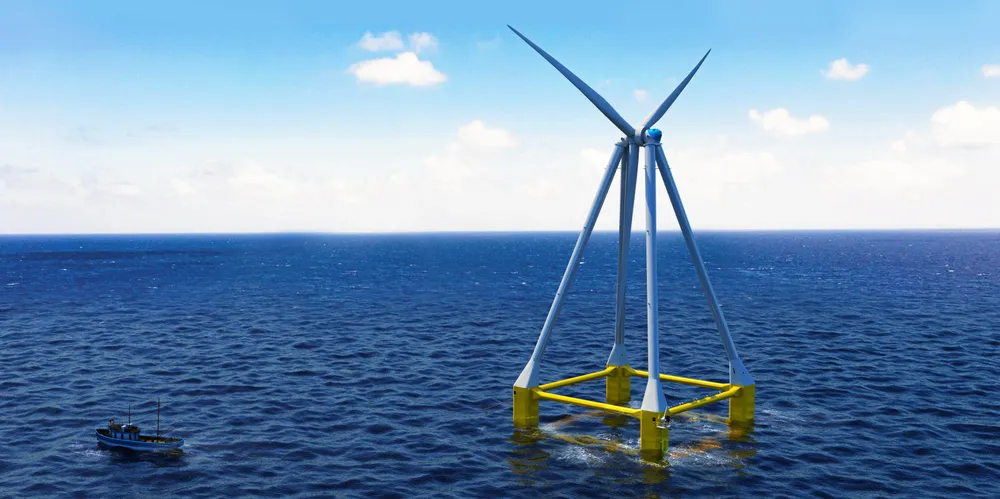Pyramid power | New-wave floating wind design ups sails for French Atlantic debut
Fresh investment in innovative Eolink concept from Spanish developer Acciona Energy and project management firm Valorem clears way for 5MW pilot in 2024

Fresh investment in innovative Eolink concept from Spanish developer Acciona Energy and project management firm Valorem clears way for 5MW pilot in 2024
